As more pet owners turn toward healthier and more natural diets for their dogs, the question of what’s safe to share from our plates is becoming increasingly common. Green peas, often found in kitchens as a go-to vegetable, have caught the attention of many. But can a dog eat green peas safely? With their high vitamin and fiber content, green peas seem like a healthy snack, but it’s important to know if they’re suitable for our furry friends. Let’s explore whether these little green veggies are a good addition to your dog’s diet.
Table of Contents
- Are Green Peas Safe for Dogs?
- Nutritional Benefits of Green Peas for Dogs
- How to Feed Green Peas to Your Dog
- Types of Green Peas Safe for Dogs
- Serving Size: How Much Peas Can Dogs Eat?
- Health Risks of Feeding Peas to Dogs
- Can Dogs Eat Pea-Based Dog Foods?
Are Green Peas Safe for Dogs?
Short Answer: Yes, green peas are generally safe for dogs to eat. They are not toxic and can provide nutritional benefits, but be mindful of potential allergies or digestive sensitivities in some dogs.
Broad Answer: Green peas are considered a safe and healthy snack for most dogs. They are packed with essential nutrients such as vitamins A, K, and B, along with fiber and plant-based protein. This makes peas a great option for dog owners seeking to add natural foods to their pet’s diet.
That being said, while peas are not toxic, it’s important to be aware of potential allergies or sensitivities. Some dogs may experience mild digestive issues, like gas or bloating, especially if peas are introduced too quickly or in large quantities. It’s always a good idea to start with small amounts and monitor your dog for any reactions, such as itching, swelling, or stomach discomfort. If any negative symptoms occur, discontinue feeding peas and consult with your vet. Overall, green peas can be a nutritious and safe addition to your dog’s diet when given in moderation.
Read more: Can Dogs Eat Banana Peppers?
Nutritional Benefits of Green Peas for Dogs
Green peas offer several nutritional benefits for dogs. They are high in fiber, which helps promote healthy digestion and can prevent constipation. Peas are also rich in essential vitamins like A, K, and B6, supporting overall health, vision, and blood clotting.
High in Fiber
- The fiber content in green peas aids digestion, helping regulate bowel movements and prevent constipation.
Rich in Vitamins
- Green peas are packed with vitamins A, K, and B6.
- Vitamin A supports healthy vision and skin.
- Vitamin K helps with blood clotting.
- Vitamin B6 is essential for brain and body functions.
Plant-Based Protein
- Peas provide plant-based protein, which supports muscle development and overall strength, especially for dogs needing protein variety.
Antioxidants
- Peas contain antioxidants that help boost the immune system and protect cells from damage, supporting long-term health.
Low in Calories
- Green peas are low-calorie, making them ideal for dogs on a weight-management diet or for those needing lighter snack options.
Read more: Can Dogs Eat Egg Rolls?
How to Feed Green Peas to Your Dog
Green peas can be a good treat for dogs if you feed them properly. Here are some tips on how to do so:
- Raw vs Cooked Peas
- Both raw and cooked peas are safe for dogs, but cooked peas may be easier for some dogs to digest. Raw peas can be a crunchy, fresh treat, while cooked peas are softer and can mix well with your dog’s regular food. If cooking peas, ensure they are steamed or boiled without any added seasonings.
- Avoid Additives
- When feeding peas to your dog, it’s crucial to avoid additives like salt, butter, or other seasonings. These ingredients can upset your dog’s stomach and, over time, lead to health issues like high blood pressure or obesity. Plain peas are the healthiest choice.
- Frozen Peas
- Frozen peas are also a safe option and can be given directly to your dog as a cool, crunchy treat. They’re convenient and retain most of their nutrients. Just be sure the peas are plain, without any added ingredients, and serve in moderation to avoid choking hazards for smaller dogs.
Read more: Can Dogs Eat Tamales?
Types of Green Peas Safe for Dogs
When considering green peas for your dog, it’s important to know which types are safe and beneficial. Here are the main varieties:
Garden Peas: Garden peas, also known as regular green peas, are the most commonly consumed type. They are packed with nutrients such as vitamins A, K, and B6, along with protein and fiber. These peas can support your dog’s digestive health, boost their immune system, and provide essential nutrients for overall well-being. When cooked properly, they can be a tasty and healthy treat for your furry friend.
Snap Peas: Snap peas are a crunchy variety that is a cross between garden peas and snow peas. The entire pod of snap peas is edible, making them a fun, crunchy snack for dogs. They provide similar health benefits to garden peas, offering vitamins and fiber. When feeding snap peas, ensure they are fresh and free from additives.
Snow Peas: Snow peas are another safe option for dogs. Like snap peas, the pods are also edible. Snow peas are flatter and have a slightly sweeter taste compared to garden peas. They are rich in vitamins and minerals, making them a nutritious addition to your dog’s diet. Dogs can enjoy snow peas as a crunchy snack, but it’s important to serve them in moderation.
Canned Peas: While canned peas may seem convenient, they are generally not the best option for dogs. Most canned peas contain added salt and preservatives, which can be harmful to dogs over time. High sodium content can lead to health issues like hypertension and water retention. If you choose to offer canned peas, look for low-sodium or no-salt-added options, but fresh or frozen peas are always a better choice for your pet.
Read more: Can Dogs Eat Yellow Rice?
Serving Size: How Much Peas Can Dogs Eat?
Recommended Portion:
- The serving size of peas for dogs can vary based on their size:
- Small Dogs (up to 20 lbs): About 1 to 2 tablespoons of peas.
- Medium Dogs (20 to 50 lbs): Approximately 2 to 4 tablespoons.
- Large Dogs (over 50 lbs): Around 1/4 to 1/2 cup of peas.
- These portions can be adjusted based on your dog’s individual dietary needs and preferences.
Occasional Treat:
- Green peas should be treated as an occasional snack rather than a staple in your dog’s diet. While they are nutritious, it’s essential that they complement a balanced diet that includes a variety of proteins, grains, and other vegetables. Overfeeding peas can lead to digestive issues or an imbalance in your dog’s diet.
Frequency of Feeding:
- Green peas can be offered as a treat a few times a week. They can be added to your dog’s meals or served as a standalone snack. However, moderation is key. Regularly monitor your dog’s response to peas and adjust the frequency based on their health and digestion. Always consult your veterinarian if you’re unsure about the appropriate frequency or serving size for your specific dog.
Read more: Can Dogs Eat Orange Chicken?
Health Risks of Feeding Peas to Dogs
While green peas can be a healthy treat for dogs, it’s important to be aware of potential health risks associated with their consumption. Understanding these risks can help you make informed decisions about including peas in your dog’s diet. Below are some key health concerns to consider:
- Digestive Issues: While green peas are generally safe, they can cause digestive issues in some dogs. Peas are high in fiber, which may lead to gas and bloating, especially if introduced too quickly or fed in large quantities. Dogs with sensitive stomachs may be more prone to these issues, so it’s important to monitor your dog for any signs of discomfort after feeding them peas.
- Purine Content: Peas contain purines, which are compounds that can be broken down into uric acid in the body. For dogs that are prone to kidney issues or urinary stones, high purine levels can exacerbate these conditions. While healthy dogs can generally process purines without issue, it’s best to consult with your veterinarian if your dog has a history of urinary problems before introducing peas into their diet.
- Choking Hazard: Whole peas can pose a choking hazard, especially for smaller dogs or those that tend to gulp their food. To minimize this risk, it’s advisable to mash or cut peas into smaller pieces before feeding them to your dog. Additionally, always supervise your dog when introducing new foods to ensure they chew properly and do not choke.
Read more: Can Dogs Eat Babybel Cheese?
Can Dogs Eat Pea-Based Dog Foods?
Peas have become a common ingredient in many commercial dog foods, but their inclusion has sparked some debate. Here are the key points:
- Presence of Peas in Commercial Dog Food:
Many dog foods include peas as a source of protein, fiber, and essential vitamins, often replacing grains in grain-free diets. They offer a plant-based protein option that can enhance the food’s nutrient profile. - Controversy Surrounding Grain-Free Diets:
The popularity of grain-free diets has led to an increase in pea use in dog foods. While some owners prefer these diets, believing they are more natural, others argue that grains can provide beneficial nutrients and energy. - Concerns Raised by the FDA:
The FDA has expressed concerns about a potential link between high pea diets and dilated cardiomyopathy (DCM) in dogs. As research continues, pet owners are encouraged to consult with veterinarians before choosing grain-free or pea-based diets, especially for breeds at risk for heart issues.
Read more: Can Dogs Eat Tuna?
Conclusion
In summary, green peas can be a nutritious addition to your dog’s diet, offering benefits such as essential vitamins, fiber, and protein. However, it’s important to be aware of the potential risks, including digestive issues, purine content, and choking hazards. When fed in moderation, green peas can serve as a healthy treat for dogs, complementing their overall nutrition. As with any new food, it’s always best to consult with your veterinarian before introducing green peas into your dog’s diet to ensure it aligns with their specific health needs.



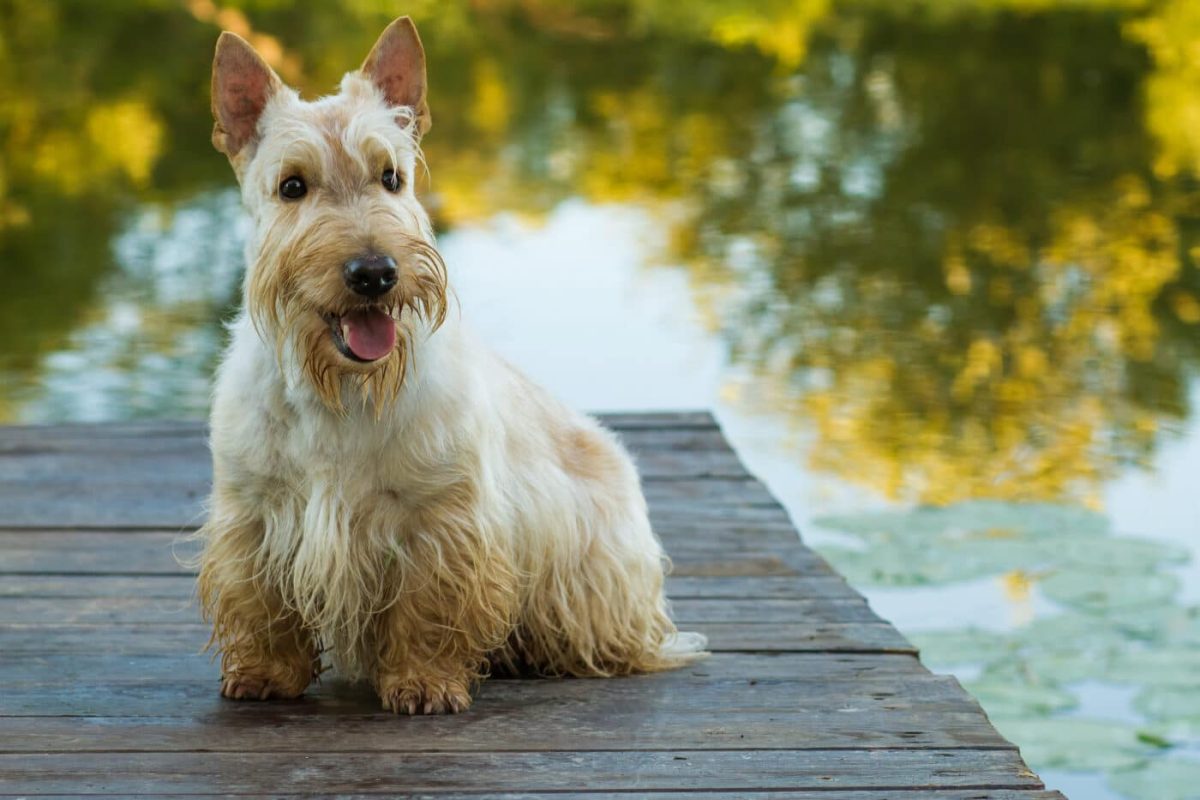
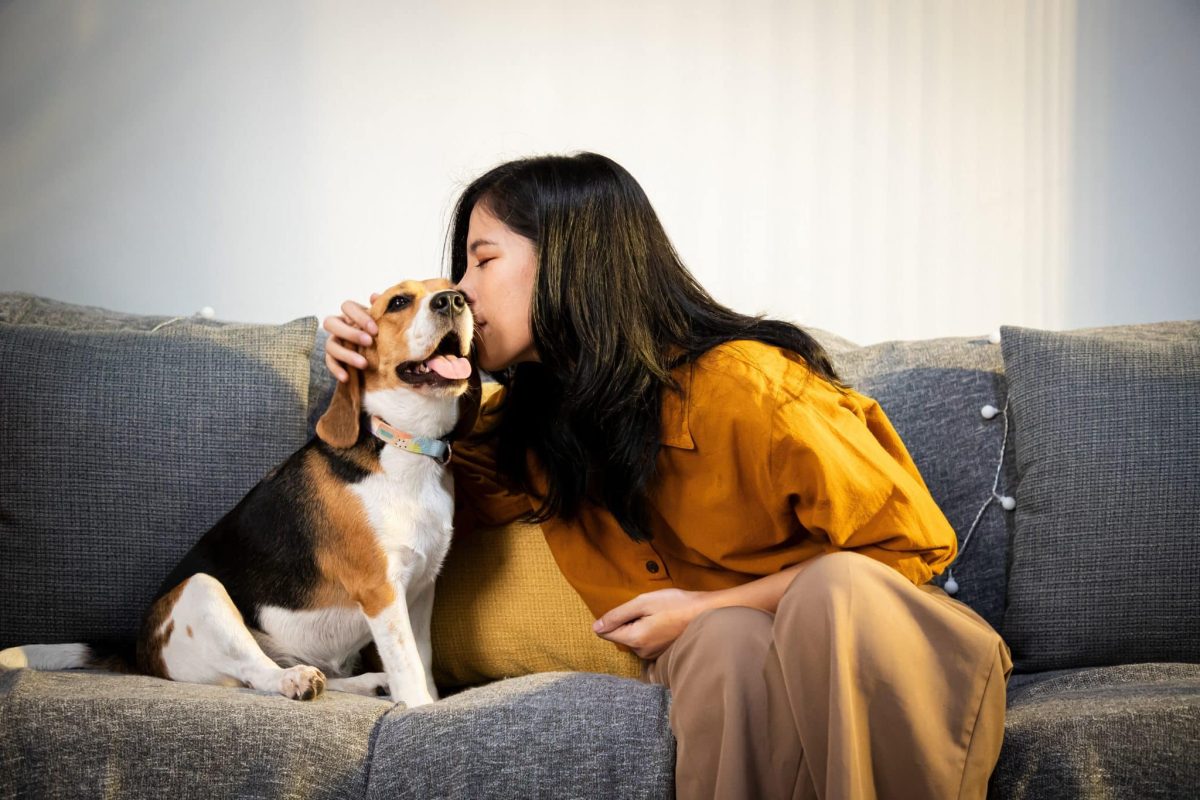


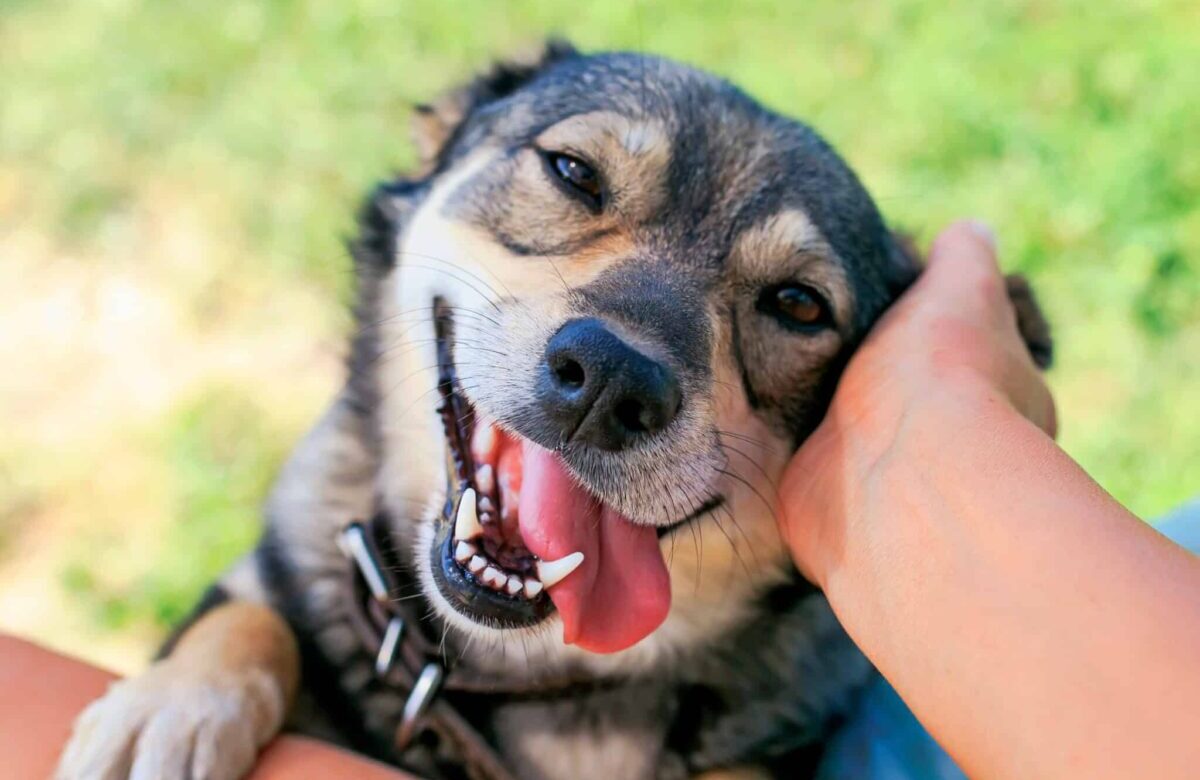




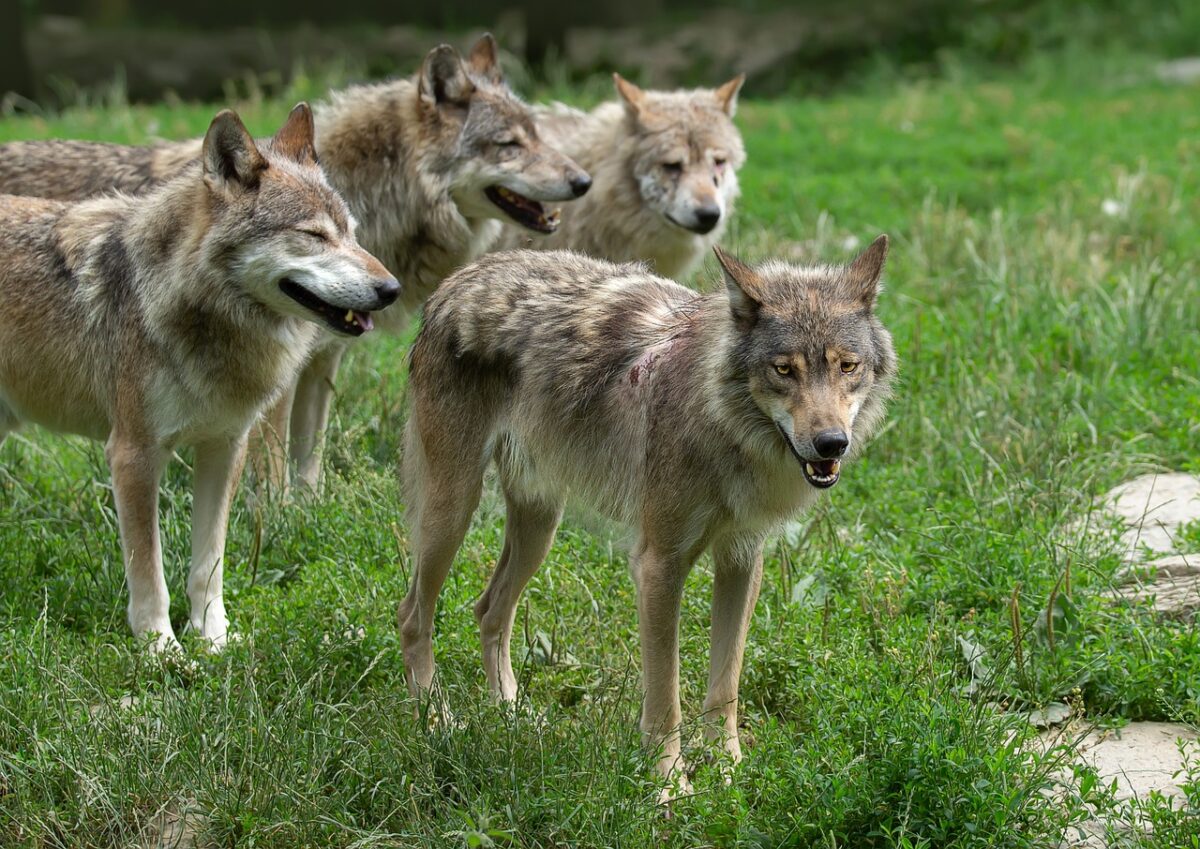
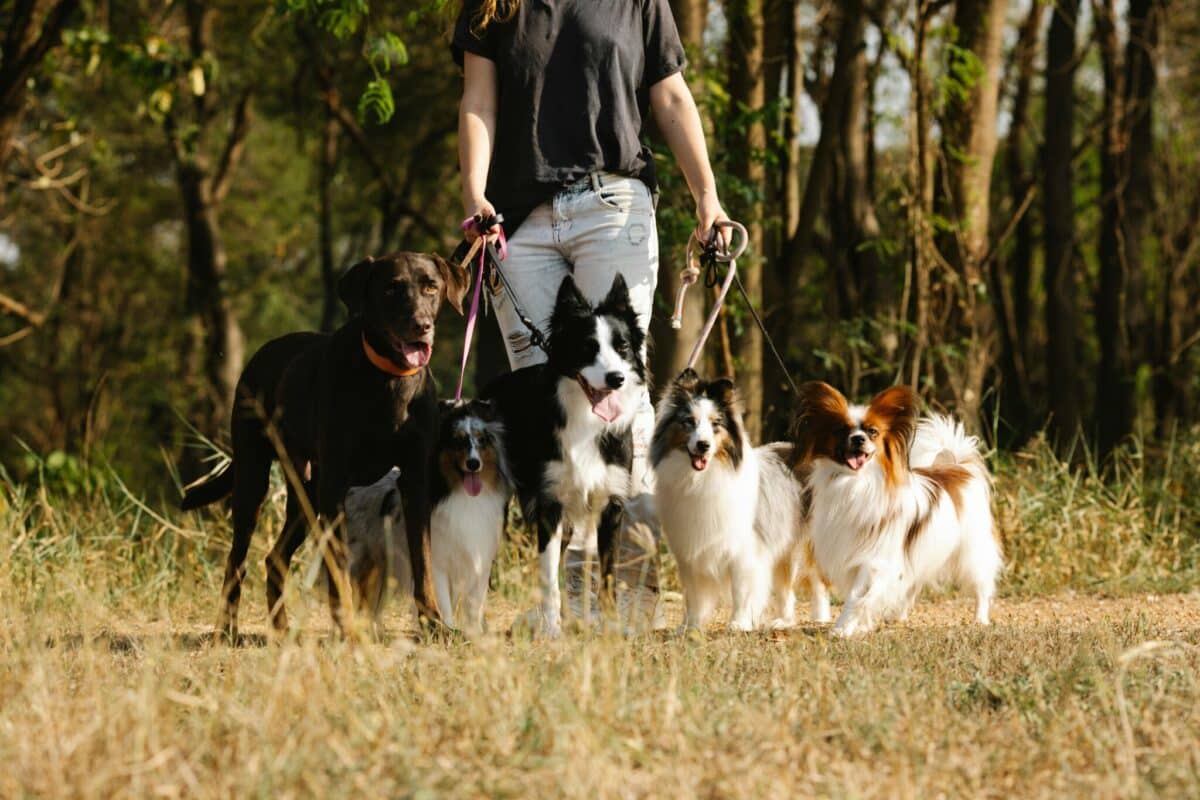





 English (US) ·
English (US) ·